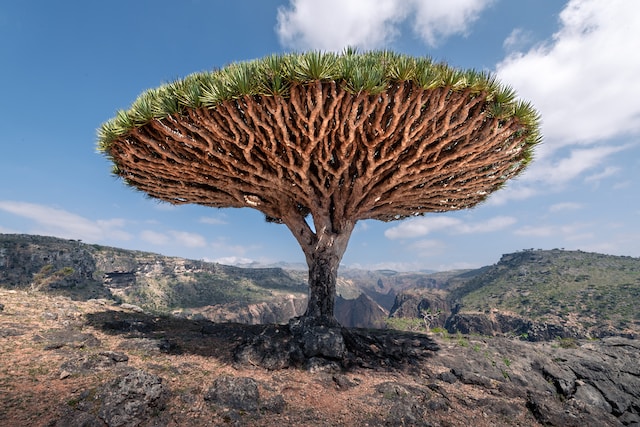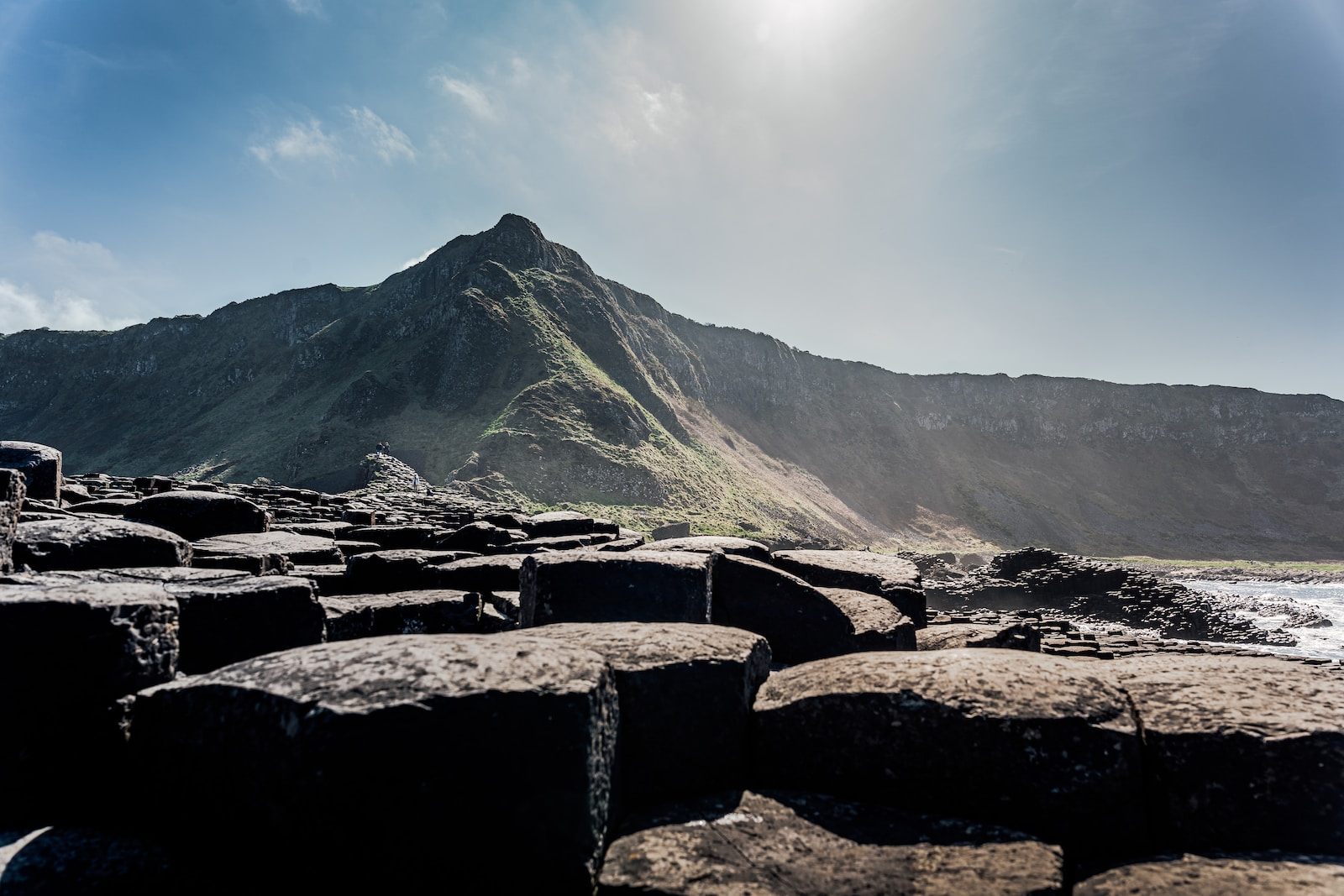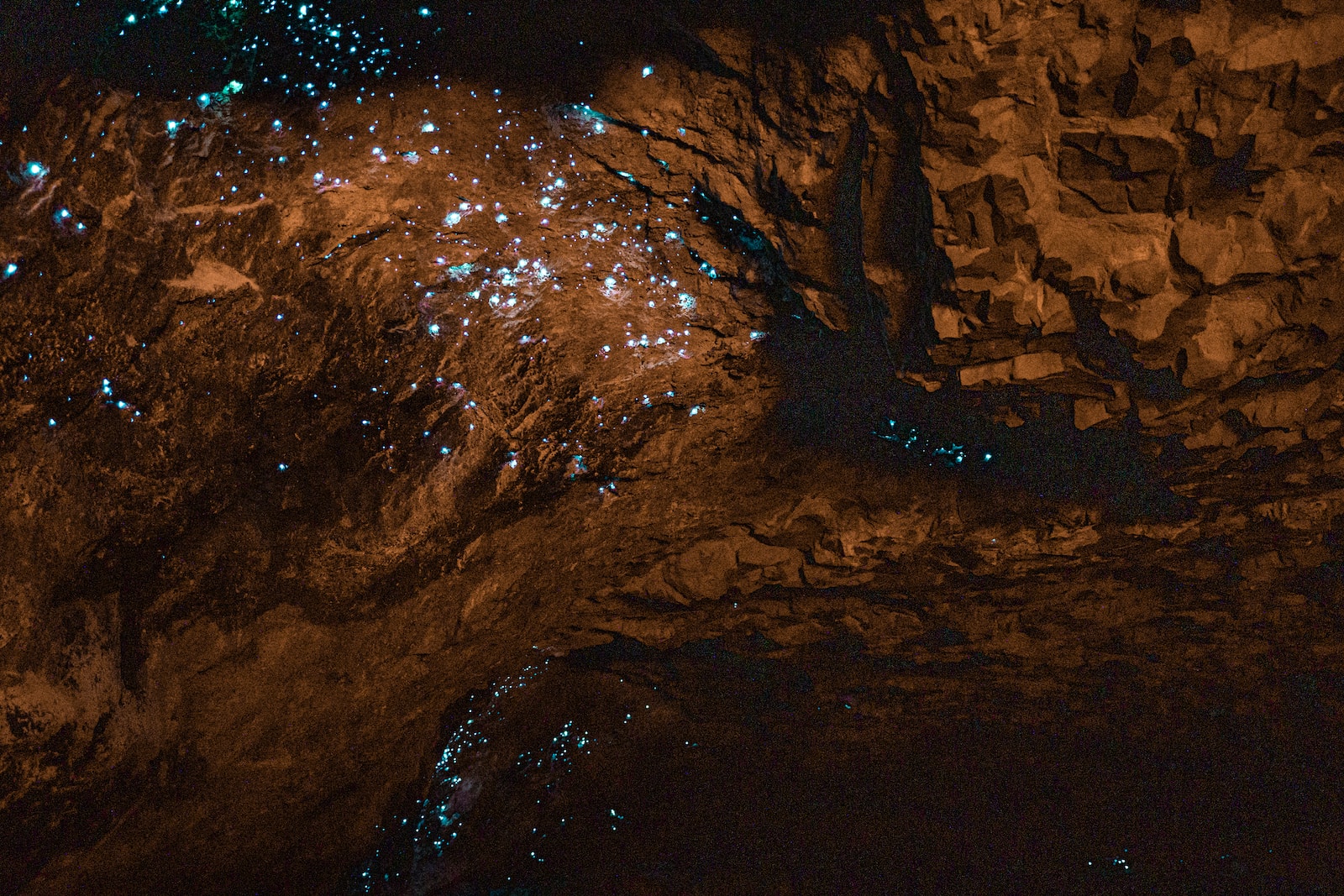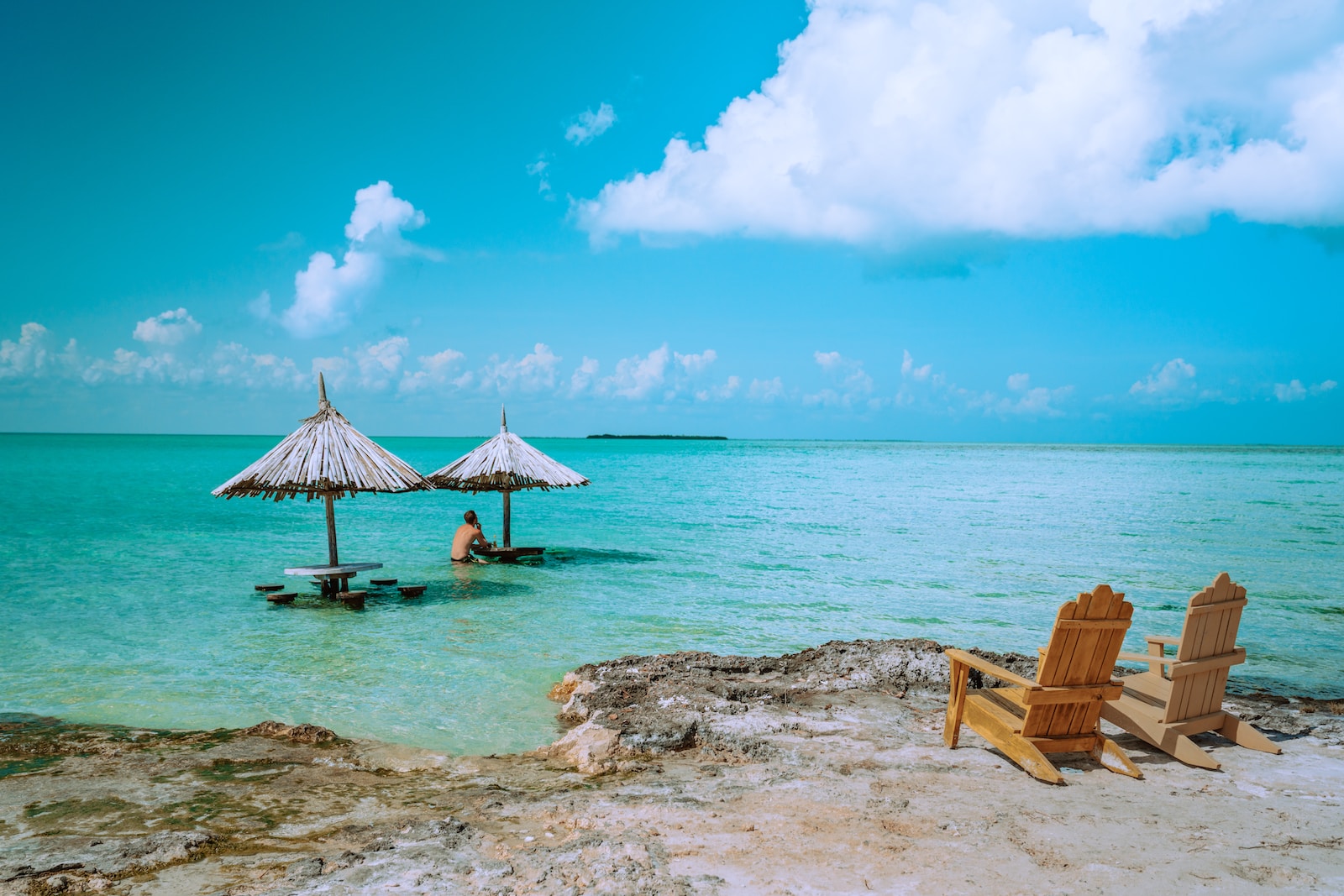Socotra Island is a four-island archipelago in the Indian Ocean, about 350 kilometers south of Yemen. This group of islands is considered one of the most isolated landforms on the planet, and it is home to several endemic species of flora and fauna that can only be found here. Socotra Island is a natural wonder of the world and a true testament to nature’s power and beauty.
Over millions of years, the island’s unique ecosystem has evolved, resulting in an otherworldly landscape of strange-looking plants and trees. The Dragon’s Blood Tree, which has a distinctive umbrella-like shape and produces a deep-red sap that was historically used for medicinal purposes, is one of the most striking examples. The tree gets its name from the fact that when the sap dries, it resembles dragon’s blood. The Dragon’s Blood Tree is one of Socotra Island’s most recognizable symbols.

However, the Dragon’s Blood Tree is only one of many unique and unusual plants found on the island. Socotra is home to over 700 plant species, with roughly one-third of them being endemic to the island. Other unusual plants on the island include the Bottle Tree, which has a bulbous trunk that can hold water, and the Desert Rose, a succulent plant with pink or white flowers.
White sandy beaches, towering limestone cliffs, and crystal-clear blue waters dot the island’s landscape. Because of the island’s isolation, its natural beauty has been preserved, making it a popular destination for eco-tourism and adventure seekers. Visitors to Socotra Island can hike through the rugged terrain, swim in the pristine waters, and get up close and personal with the island’s unique flora and fauna.
Socotra Island is home to several endemic animal species, including the Socotra Island Giant Gecko, the Socotra Island Bunting, and the Socotra Island Scops Owl, in addition to its unique plant life. Although the island’s isolation has helped to protect these species from external threats, they remain vulnerable to habitat loss and human encroachment.
Unfortunately, Socotra Island is under threat from a number of factors, including overfishing, overgrazing, and deforestation. Climate change and sea level rise are also threatening the island’s fragile ecosystem. Since 2008, the Socotra Archipelago has been designated as a UNESCO World Heritage Site, but more must be done to protect the island’s natural wonders.
Socotra Island is a prime example of nature’s power and beauty. The island’s unique flora and fauna, combined with its remote location, create an almost surreal atmosphere that is difficult to replicate elsewhere. It is a one-of-a-kind destination that provides insight into the natural history and evolution of the Earth. However, it is important to remember that the beauty of Socotra Island is fragile and must be preserved for future generations to enjoy.


